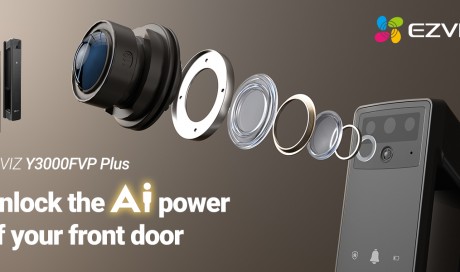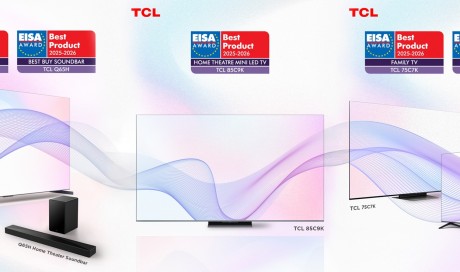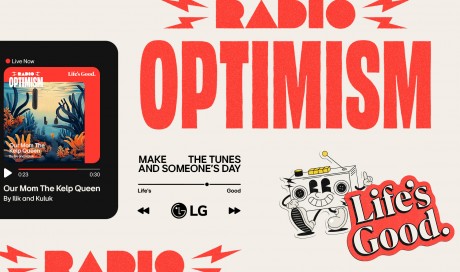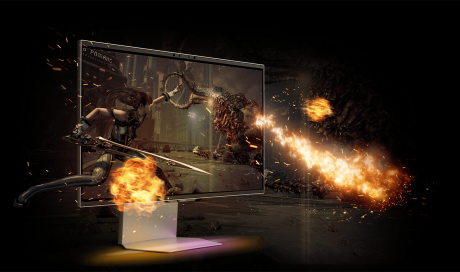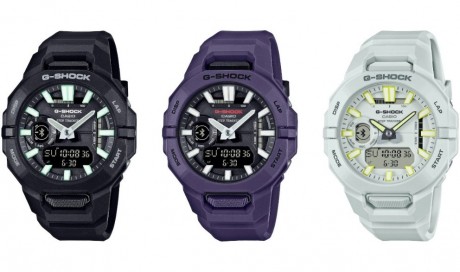Fast charging
Here's another one that Apple took its time with. Android phones have been using Qualcomm's QuickCharge technology since 2013, and Apple just introduced its own "Fast Charging" feature with the iPhone 8, iPhone 8 Plus, and iPhone X.
Better late than never, you might say. But there's a big asterisk that comes with Apple's Fast Charging: You need to buy separate accessories to use it. Specifically, you need at least the $49 29W USB-C power adapter (or the USB-C power adapter that came with USB-C MacBook laptops), and a $25 USB-C-to-Lightning cable. Android phones with QuickCharge, on the other hand, have come included with the necessary power adapters and cables for users to quick charge their phones right out of the box.
OLED display
Apple certainly took its time with this one. Android smartphone makers have been using OLED displays for years now — like Samsung and its original Samsung Galaxy from 2009 — and Apple is just starting to use them in the iPhone X.
Up until the iPhone X, Apple has been using LCD displays, and eventually the better LCD IPS display, or "Retina" display, with the iPhone 4 onwards. IPS displays are nice, but they're not as nice as OLED displays, which produce better colors and gorgeous contrast. OLED panels also help with battery life, as they consume less power overall than LCD displays.
Share This Post

